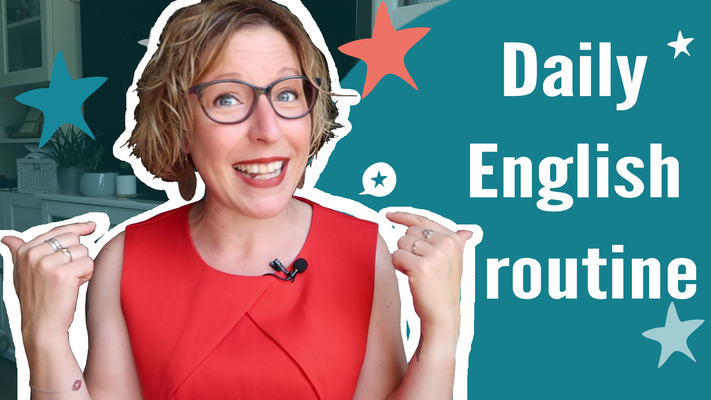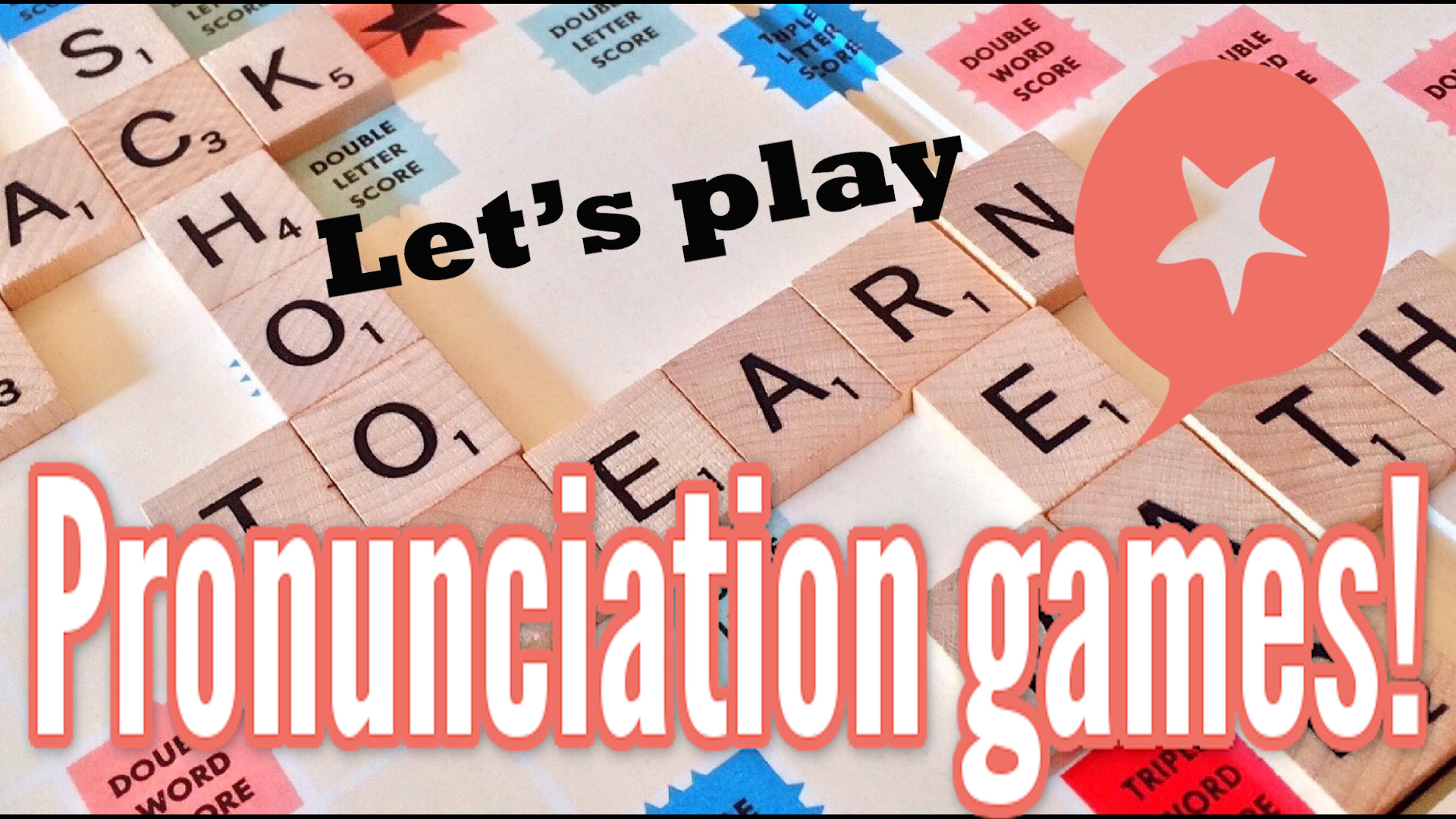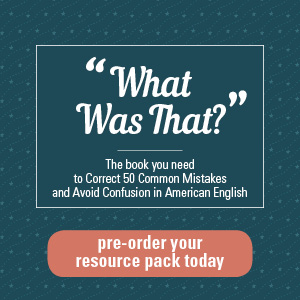
Let’s keep up the positive energy, with video #2 in the series “Intermediate to advanced English, with virtual immersion & tiny habits”
A daily English routine, with different exciting ways of learning English every day… Does this sound too good to be true?
It’s easier than you think, and it’s exactly what you need to reach an advanced level of English.
Recap of Video #1 in our “Intermediate to advanced” series
Repetition leads to remembering, so let’s review what we learned in Video #1:
- Why you’re blocked at intermediate level, and why it’s normal
- How to change your strategy to get off the intermediate plateau, and move to advanced
English. This included 2 approaches to learning English:
– Natural learning (absorbing, and doing life in English
– Deliberate learning (studying, working on English) - Letting go of the belief “I just have to go to an English-speaking country to do an immersion. It’s the only way to learn.” It’s ONE way to learn, but it’s not the ONLY way.
If you missed Video #1, let me suggest that you go back and watch it.
Introduction to Virtual Immersion
Today, you’ll learn about the concept of Virtual Immersion, and how you can:
- Use a virtual immersion to create your daily routine for learning English
- Have different ways of learning, so your brain remembers things better and learn faster
- Easily integrate English in your life every day, in innovative and diverse ways
- Get to a more advanced level faster, and feel more confident in English
What is “virtual immersion”?
Let’s define the concept of “Virtual Immersion”. Basically, it includes:
- Creating an environment where you’re surrounded by English (listening, reading, speaking, writing)
- Mixing natural AND deliberate learning for faster, more solid learning. This will help you begin to think directly in English, instead of translating.
- Using resources that are relevant to YOUR needs and interests, so it sticks in your brain and you enjoy learning. It’s easier to build good habits and stick with them if you are truly interested in them.
- Attacking the problem from all angles, in a strategic way. This creates faster, deeper learning.
How to create a virtual immersion: A concrete one-day plan
Creating a virtual immersion is a process, but every big project starts with a single step forward. Here’s one very concrete, practical example that you can follow.
If you want to go all in, you can try this plan tomorrow! If you want to go step-by-step, do the first step tomorrow (or today!) and increase the activities that you do each day.
Whatever works for you. The most important is to do SOMETHING to advance!
Before you start doing the activities, you need to choose a podcast in English, that has transcripts available. You’ll find some suggestions in the blog post from Video #1.
For our sample plan, we’ll use this episode from the Faster Fluency Conversation Club podcast: Zero Waste (You can find the podcast on your favorite podcast app!)
-
- Listen to the podcast as you take a shower or get ready.
a. Natural learning: Just listen to the sounds, don’t worry about trying to understand everything. - During breakfast, or in the first 10 minutes of your day: Read the transcript & look for useful or new expressions. The transcript for the episode Zero Waste is available here.
a. Deliberate learning: Specifically looking for new vocabulary that you will continue to learn throughout the day - Listen again to the podcast during your commute to work (or take a few minutes before you start work if you’re working from home). Listen to hear the new expressions in context
a. Deliberate learning: You’re listening with a specific purpose this time! - Lunch break: Make some flash cards with new vocabulary. I’ve already made cards for you on Quizlet! Click here to access them. Study them throughout the day (1-3 minutes). You can access Quizlet on the computer, or get the free Quizlet app on your phone!
a. Deliberate learning: You’re intentionally learning new vocabulary. When you review your cards several times during the day, you practice spaced repetition. This helps your brain remember the words! - During your commute home: Listen again to the podcast. Notice the expressions you learned today. Pay attention to pronunciation too.
a. Deliberate learning: Again, you’re listening with a specific purpose: to understand more because you understand more vocabulary, and also to focus on pronunciation if you would like. - In the evening, from memory, write a list of the expressions you learned today. Check with the transcript, or review your vocabulary cards: Did you forget any words?
a. Deliberate learning: You’re testing your memory, and making your brain work to remember new things! - Connect with a conversation partner or teacher, and talk about the topic of the podcast. Try to use the words you wrote in your list. If you have a conversation partner or a teacher already, great! You can use this plan with them! If you would like someone to practice English with, please consider becoming a member of my Faster Fluency Conversation Club!
a. Natural learning: You’re talking to someone about something you learned today, just like you do in your native language!
- Listen to the podcast as you take a shower or get ready.
- To finish your day, take 5 minutes and hand write a summary of what you learned today, and try to use as many new vocabulary words as you can! You’ll consolidate everything you learned, and the act of writing helps connect it to your brain!
a. Deliberate learning: You’re consolidating and making a final “print” in your brain of the things you learned today, before you go to bed to let your brain rest!
Building a good English routine, even when you’re busy
How can you make it easy to build powerful English habits step by step and keep at it, even when you’re busy or tired?
That will be the topic of our next lesson, which will be very concrete, practical, and full of quick wins to help you start building a solid English routine to get you to an advanced level!
My question for you
What’s the ONE thing that you can do today to start creating your virtual immersion?
Perhaps it’s possible for you to start doing all of this right now!
But if you’re like most people (including me) you need to build new habits progressively, step by step, so it’s a real, sustainable change over the long term. A habit.
And this is ok. We’re trying to make long-term changes, not find quick solutions. This takes time.
So share with us in the comments below: What will you do today to start creating your virtual immersion plan?
You can do this!
Christina
P.S. In case you missed the FIRST video “Stuck at intermediate level?”, you can go back and watch it here. And video #3 will be ready next Tuesday!
More good stuff...
Click the image to learn more








Hi Christina
You’re a great part of my virtual immersion.
I’ll keep listening to you for a long time.
take care
HI Georges, I’m so happy to hear that, and even happier to know that you have your Virtual Immersion plan in place! 🙂